When we think about the devastation caused by natural disasters, we often focus first on the human toll: homes destroyed, lives lost, communities upended.
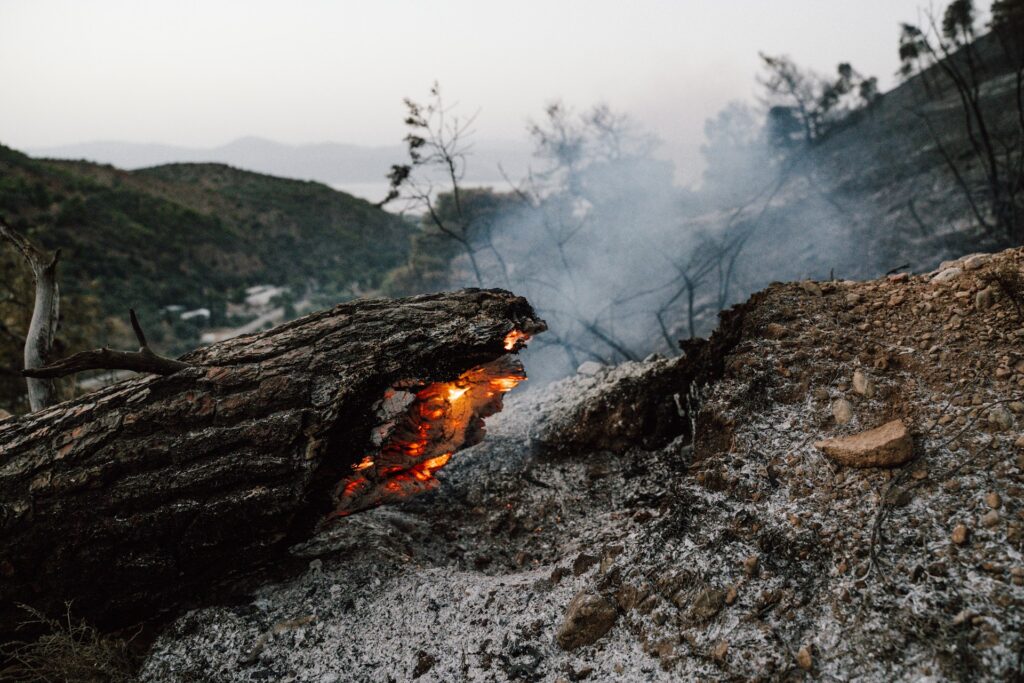
Yet, the silent victims of these catastrophic events are often the countless animals that share our planet. Earthquakes, wildfires, floods, hurricanes, and volcanic eruptions can reshape entire ecosystems overnight, forcing animals to flee, adapt, or perish in their wake.
The true scale of the impact on wildlife often goes unnoticed. Many species, from tiny insects to large mammals, find their habitats obliterated or altered beyond recognition. Understanding what happens to wildlife after these catastrophic events not only sheds light on nature’s incredible resilience, but also highlights just how vulnerable many species have become in a world increasingly shaped by human-induced climate change.
Immediate impacts include displacement, injury, and mortality.

The first and most obvious consequence of natural disasters for wildlife is direct harm. Animals caught in the immediate path of fires, floods, or storms often suffer injury or death. Those that manage to survive are frequently displaced from their familiar habitats, forced to navigate unfamiliar, fragmented, and sometimes hostile environments in search of shelter, food, and safety.
Floodwaters can drown burrowing animals and ground-nesting birds. Wildfires, with their swift and unpredictable spread, may kill slower-moving species like tortoises, small mammals, and flightless birds. Hurricanes can strip forests of their foliage, destroy coral reefs, and scatter terrestrial and marine species alike. Earthquakes may collapse caves or destroy burrows, wiping out entire colonies in moments.
The destruction of critical habitat is often as lethal as the disaster itself. Animals that survive initial trauma may struggle with exposure to predators, the elements, or starvation as food sources are destroyed. Vulnerable young animals, who depend on stable nesting or denning environments, are particularly at risk in the aftermath.
There are concerning longer-term effects on populations and ecosystems.
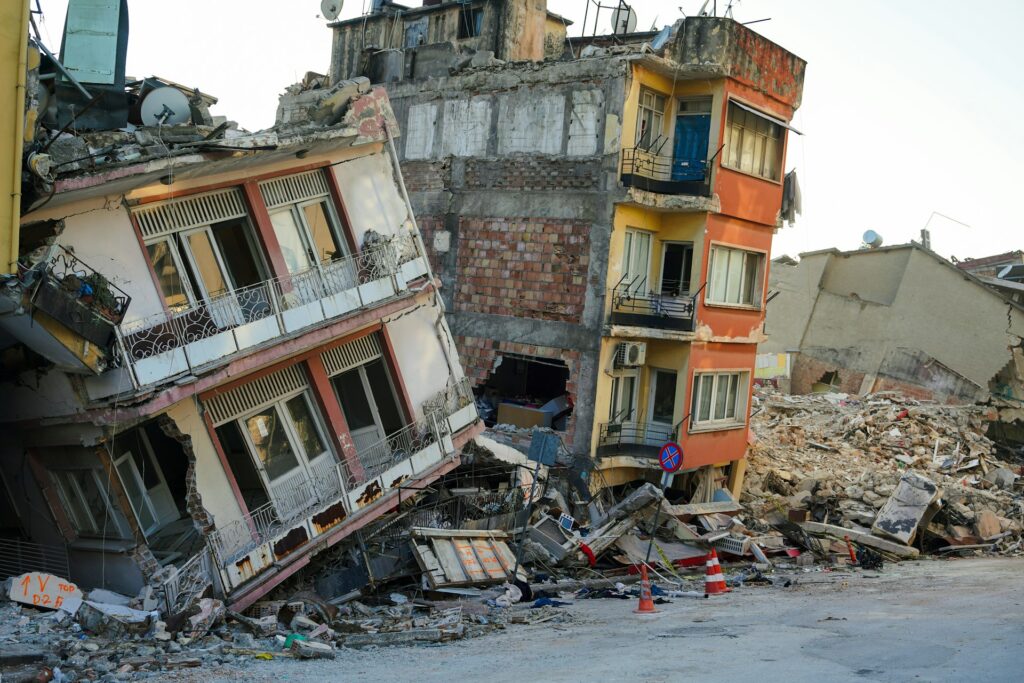
Beyond the immediate casualties, natural disasters set in motion cascading effects that can alter wildlife populations and ecosystems for years, sometimes decades.
Species with small populations or limited geographic ranges are disproportionately vulnerable. A single catastrophic fire in an isolated valley could wipe out an entire subspecies of plant or bird. Recolonisation and genetic recovery may be impossible if nearby populations are also struggling or if habitat corridors have been severed.
Disasters can also dramatically disrupt food chains. A flood that kills a large percentage of an insect population can leave insectivorous birds, bats, and amphibians without enough food to survive. In turn, predators dependent on these species must either adapt, move on, or face starvation themselves. This disruption reverberates up and down the food web, often destabilising entire ecosystems.
Invasive species often seize the opportunity created by disaster. As native species struggle to recover, opportunistic invaders — whether plants, insects, or mammals — can move in, outcompeting native flora and fauna and permanently altering the ecosystem’s structure and dynamics.
Adaptation and resilience leads to survival against all odds.
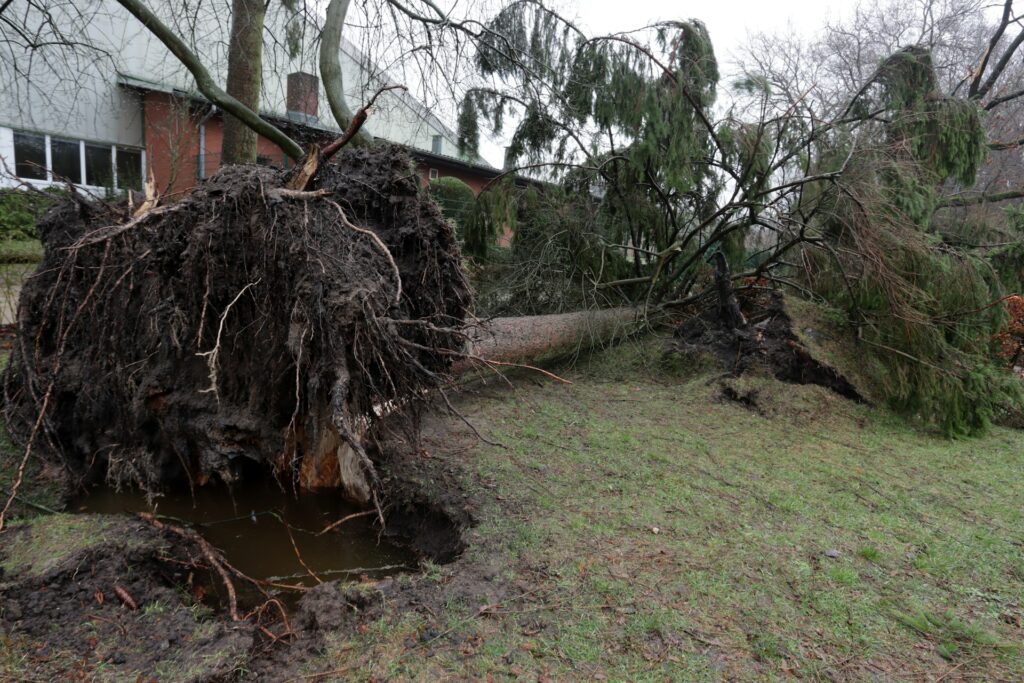
Despite the devastation, many species display extraordinary resilience. Evolution has equipped wildlife with an array of survival strategies in the face of natural upheaval.
Certain plants and animals actually depend on natural disturbances. Some tree species, such as the lodgepole pine, require the intense heat of fire to open their cones and release seeds. Grasslands rely on periodic fires to remove dead vegetation, recycle nutrients, and maintain biodiversity.
Mobile species, such as birds, ungulates, and large carnivores, often possess the ability to flee disaster zones and seek out new habitats. Amphibians and reptiles may survive fires by retreating into underground burrows or moist refuges. Marine species, likewise, may relocate temporarily after hurricanes disturb reefs or coastal waters.
Given enough time and the right conditions, ecosystems can regenerate. Forests regrow, coral reefs rebuild, and savannas flourish anew. However, recovery hinges on factors like the severity of the event, the availability of surviving species to repopulate the area, and the absence of new threats like human encroachment or invasive species.
Is human intervention lending a helping hand or causing unintended harm?
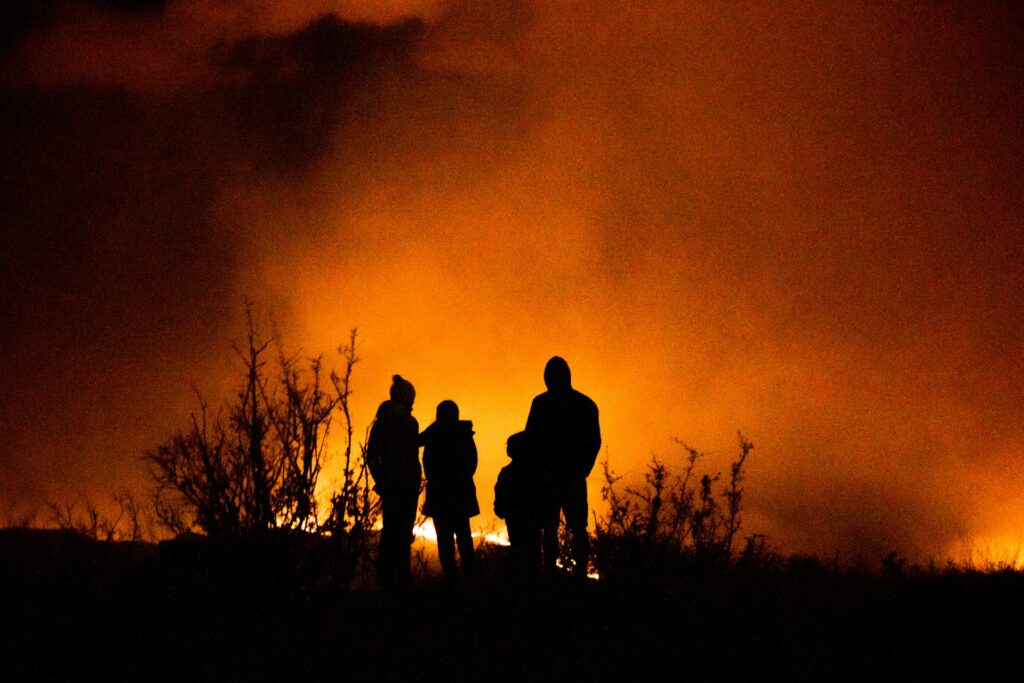
In the wake of disasters, human intervention can play a critical role in supporting wildlife recovery, but it has to be undertaken thoughtfully.
Wildlife rescue and rehabilitation groups, such as Wildlife Rescue & Rehabilitation in the US and Wildlife Victoria in Australia, have been instrumental in saving injured and displaced animals after events like bushfires and hurricanes. These organisations provide medical care, food, and temporary shelter, with the ultimate goal of returning animals to the wild.
However, well-intentioned human activity can sometimes hinder recovery. Rapid debris clearance, the use of heavy machinery, and the replanting of non-native species can disrupt natural regeneration processes. Construction of barriers like roads, fences, or walls can further fragment recovering habitats, complicating movement and breeding opportunities for wildlife.
Best practices focus on science-based restoration — assisting natural processes rather than replacing them. This includes prioritising native vegetation, restoring natural hydrology, and maintaining critical wildlife corridors.
The future will be shaped by more frequent disasters.
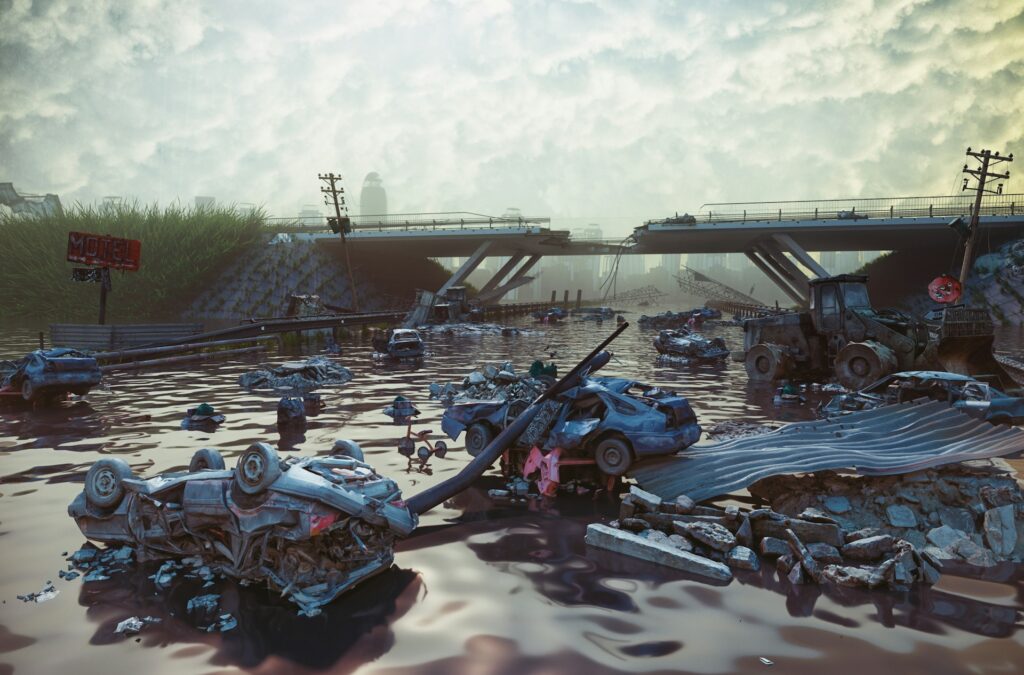
Climate change is making many natural disasters more frequent, intense, and unpredictable. Wildfires burn hotter and longer. Storms grow stronger and more erratic. Floods that were once considered “once in a century” events are occurring with alarming regularity.
This escalating pattern places wildlife under immense pressure. Species that might have adapted to occasional disturbances now face an unrelenting cycle of destruction. Recovery windows are shrinking, leaving less time for populations and habitats to rebuild before the next catastrophe strikes.
Conservation efforts must evolve in response. Protecting isolated reserves is no longer enough. There is a growing emphasis on creating connected, resilient landscapes — corridors that allow animals to move to safer areas, wetlands that buffer floodwaters, and forest mosaics that can withstand fire and drought.
Maintaining genetic diversity within species is also crucial, as it provides the raw material for adaptation in an increasingly volatile environment.
We can embrace nature’s resilience while recognising its limits

Natural disasters remind us of both the fragility and the astonishing resilience of the natural world. Some species will tragically disappear, unable to cope with the combined pressures of disaster, habitat loss, and climate change. Others will adapt in extraordinary ways, carving out new niches in transformed landscapes.
By understanding the complex aftermath of natural disasters on wildlife, we can better design conservation strategies that work with, rather than against, natural processes. We can champion recovery efforts that focus on restoring native ecosystems, supporting species adaptation, and strengthening the networks that give wildlife a fighting chance.
Ultimately, protecting wildlife after disaster is about more than saving individual animals — it’s about safeguarding the resilience of ecosystems that sustain life on Earth, including our own. It means recognising that in a world of increasing uncertainty, resilience — both ours and nature’s — may become our most precious resource.